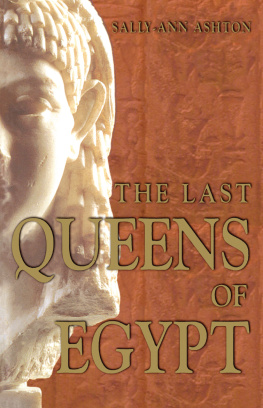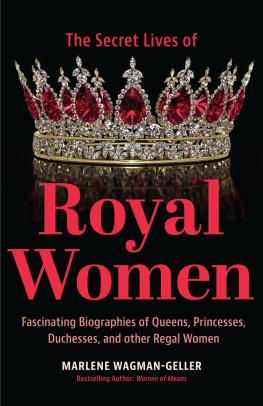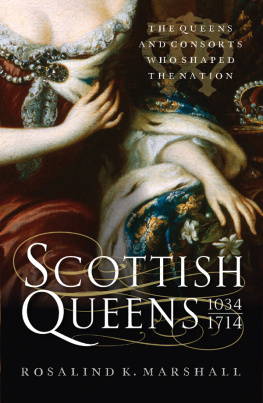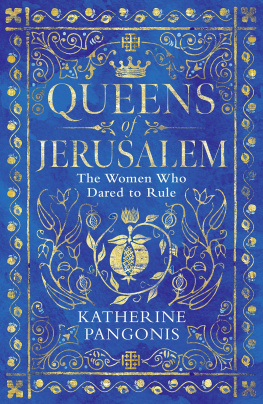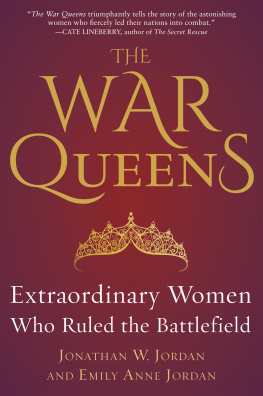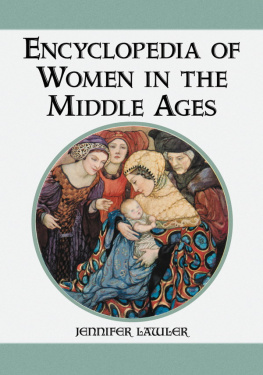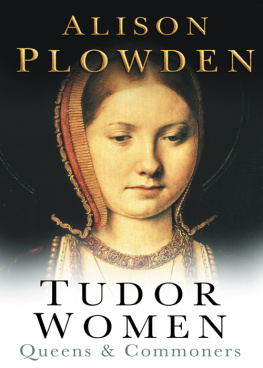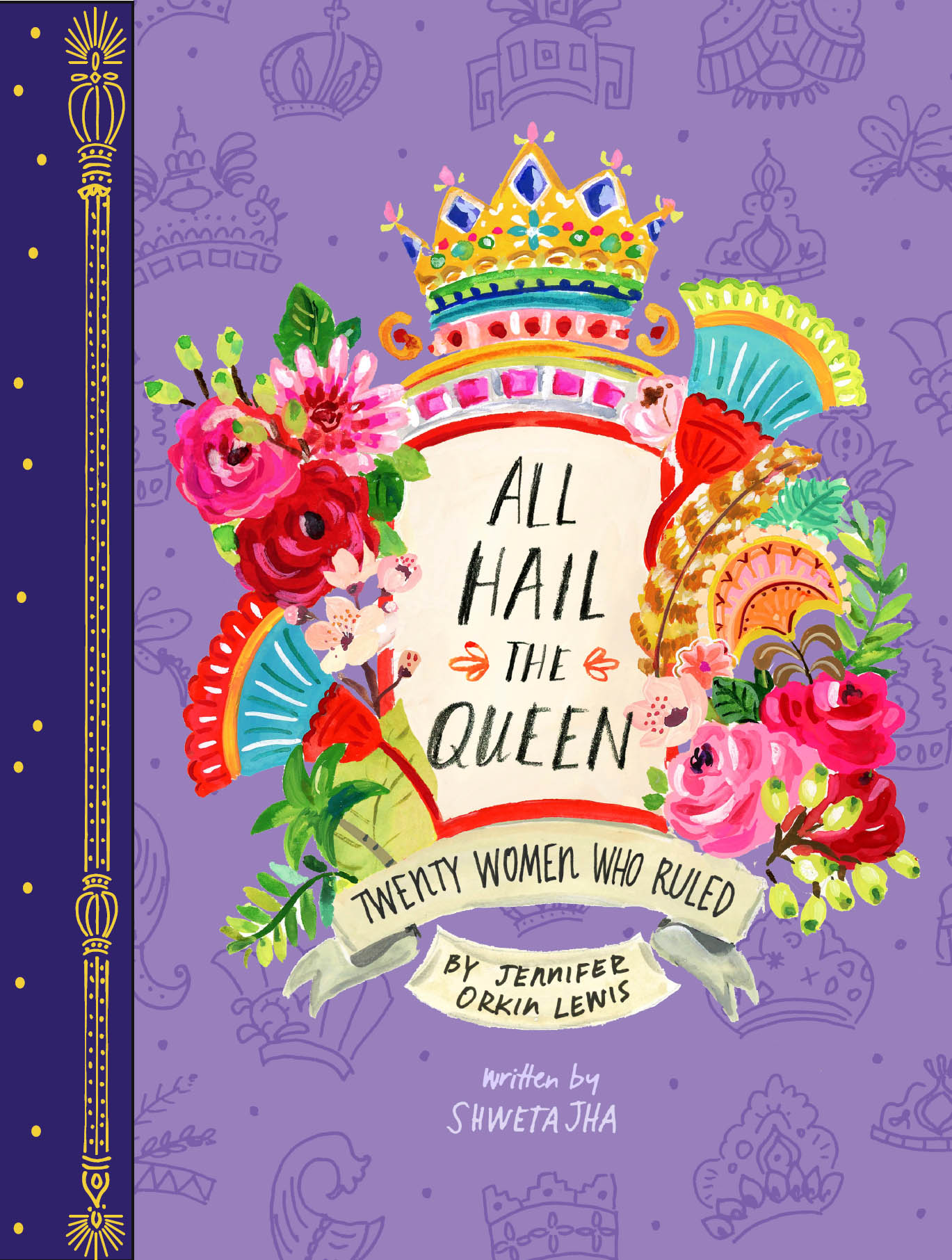



Art, Introduction, and compilation copyright 2019 by Jennifer Orkin Lewis.
Chapter text copyright 2019 by Chronicle Books LLC.
All rights reserved. No part of this book may be reproduced in any form without written permission from the publisher.
ISBN 9781452166803 (epub, mobi)
Library of Congress Cataloging-in-Publication Data
Names: Lewis, Jennifer Orkin, author, illustrator. | Jha, Shweta, author.
Title: All hail the queen : twenty women who ruled / By Jennifer Orkin Lewis ; Written by Shweta Jha.
Description: San Francisco : Chronicle Books, [2019]
Identifiers: LCCN 2018031273 | ISBN 9781452166735 (alk. paper)
Subjects: LCSH: Queens--Biography.
Classification: LCC D107.3 .L49 2018 | DDC 920.72dc23
LC record available at https://lccn.loc.gov/2018031273
Chronicle books and gifts are available at special quantity discounts to corporations, professional associations, literacy programs, and other organizations. For details and discount information, please contact our premiums department at or at 1-800-759-0190.
Chronicle Books LLC
680 Second Street
San Francisco, California 94107
www.chroniclebooks.com
Table of Contents





By JENNIFER ORKIN LEWIS
Though the sex to which I belong is considered weak you will nevertheless find me a rock that bends to no wind.
Queen Elizabeth I

This book tells the stories and illustrates the lives of twenty strong, brave women who each became queen of her people. Some were rulers by birth, others through marriage. Nearly all led lives full of dramatic events and intrigue. These monarchs all lived in times when, historically, women didnt have equal status to mena state of affairs that is sadly still true in many cases today. Had they followed the cultural norms of their times, they ought to have been quiet and unassertive. Each and every one of them overcame those expectations and made her mark on the culture and people she ruled.
I came to this project from the perspective of a painter, and a lover of color, story, and fashion. Ive always adored reading books and watching shows about the lives of monarchs, with their soap operalike drama. Our modern interest in these important women is timely. As we think about womens rights in our own time, there is much to be learned, and inspiration to be drawn, from powerful women who came before. Thats one reason I love the stories. But, deep down, my spirit lies with the textiles, costumes, scenery, and visages of these bygone times, which are endlessly fascinating to me.
I worked on each queen one at a time, completely immersing myself in her story, her culture, the trajectory of her life, and what she and the clothes she wore and the world around her looked like. Some are so ancient that my references for how they appeared and where they lived were pulled from crumbling sculptures and bits of old paintings. I dug for information, but I also went about it as an exercise in imagination. Perhaps not every detail in the illustrations is perfectly accurate, but I believe I came close. My goal was to capture the essence. Each chapter is a separate world.
Not every queen in this book is well known like Queen Elizabeth or Cleopatra. In some cases, the forces of history, which are not always just, have made information hard to come by. The Egyptian queen Hatshepsut had the story of her life destroyed and buried because she was a woman; Lady Six Skys Maya civilization was completely wiped out by the Spanish; and Empress Himiko, who ruled over the hundred islands of the Japanese archipelago in the third century, wasnt rediscovered until the Edo period in 1600. In my art, and writer Shweta Jhas text, we hope to bring these and other stories to life for you in our present day.
Working on this book was an emotional time for meliving in those twenty different worldsand my hope is that you, too, can live for a short time in the remarkable realms of royalty. Its my dream to share with you my reimagined visions of these womens elegance, individuality, romance, drama, and power. All hail the queen!

Hatshepsut was the fifth ruler of Egypts illustrious eighteenth dynasty, ascending the throne at the age of twelve with Thutmose II, her husband and half-brother. After his death, she ruled as regent for Thutmose III, the infant son of her brother and another lower-ranking queen. But by the seventh year of her regency, Hatshepsut seized power and began depicting herself as king, appearing on reliefs as a male pharaoh, bearded and barechested.
Reigning for nearly twenty-two years, Hatshepsut was the first Egyptian woman ruler with real staying power. Her political ascent boasted economic successes, politically clever moves, and a shrewd use of religious ideology to support her androgynous reign. Hatshepsut was also a prolific builder, commissioning ambitious projects throughout Upper and Lower Egypt. The country flourished under her reign, and it was a time of peace and prosperity, untainted by military disasters or bloody coups.
Yet after Hatshepsuts death, Thutmose III attempted to remove her legacy from history by systematically shattering her buildings and statuary; ironically, the staggering number of her monuments, situated all over Egypt, meant that he couldnt destroy everything. Scholars previously thought this was an act of simple revenge, but now believe it was Thutmoses way of protecting his dynastys line of succession by eliminating any uncertainty about his son Prince Amenhoteps right to rule. As for Hatshepsut, she vanished from the world for centuries, leaving only the sands to whisper her name.


Next page

